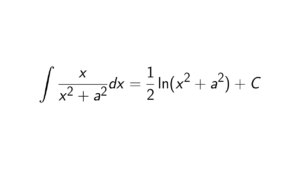We will prove in this article that PSL(2,2) is isomorphic to S3, that GL(2,2) is isomorphic to S3, and GL(F2) is isomorphic to S3. By definition,
PSL(V) is equal to the quotient
GL(V)/Z(V) where
Z(V) is the centralizer of
GL(V). In this case, the centralizer is just the identity element itself. So we have that
GL(2,2) = PGL(2,2). Further, recall that
\begin{equation*}
S_3 = \{e,(12),(13),(23),(123),(132)\}.
\end{equation*} Define the mapping
\rho: S_3 \longrightarrow PGL(2,2) with the next elements
\begin{align*} (e) \longmapsto \mathbb{I}_2 = \begin{pmatrix}
1 & 0 \\
0 & 1
\end{pmatrix}, \begin{pmatrix}
0 & 1 \\
1 & 1
\end{pmatrix},\begin{pmatrix}
1 & 1 \\
1 & 0
\end{pmatrix}\begin{align*} (12) \longmapsto \begin{pmatrix}
0 & 1 \\
1 & 0
\end{pmatrix},\begin{pmatrix}
1 & 1 \\
0 & 1
\end{pmatrix},\begin{pmatrix}
1 & 0 \\
1 & 1
\end{pmatrix}
Note that
(12)(132) = (13),
(12)(123) = (23) and
(123)^2 = (132). The map is surjective as there exists an element
S_3 for any element of
PGL(2,2). That the mapping is a group homomorphism is easy to see and we will give one example, and the rest is for the reader to verify:
\begin{align*} \rho(123)\rho(123) = \begin{pmatrix}
0 & 1 \\
1 & 1
\end{pmatrix}\begin{pmatrix}
0 & 1 \\
1 & 1
\end{pmatrix}\begin{pmatrix}
1 & 1 \\
1 & 0
\end{pmatrix}
Repeat this process for any element.
What is left is to prove injectivity, but we do see already in the mapping above that
\ker(\rho) = \{\mathbb{I}_2\}.
So we get
S_3 \cong PGL(2,2).
